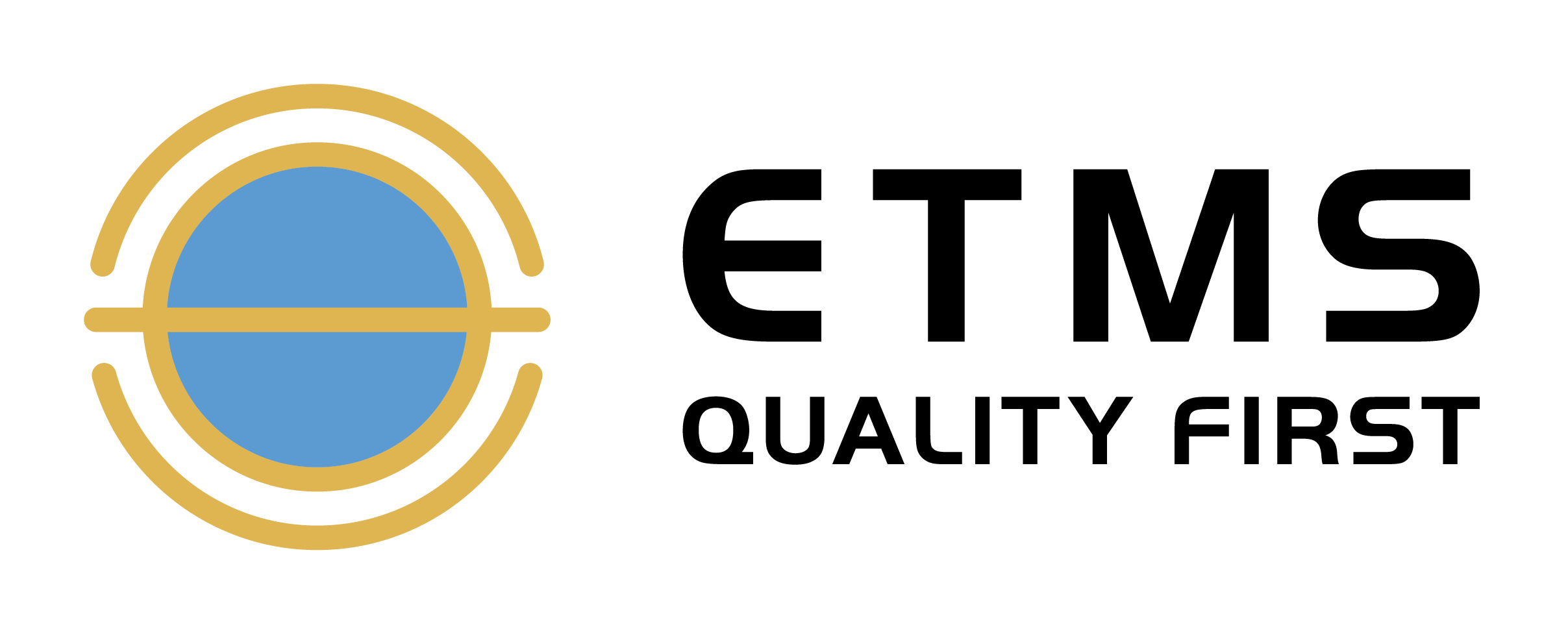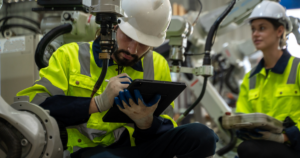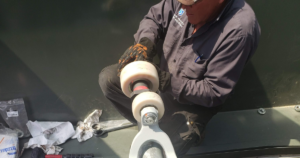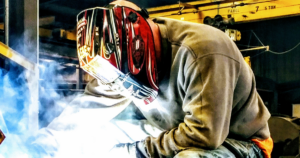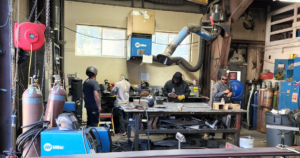Bridges play a vital role in connecting different regions, cities, and countries. They ensure safe and reliable transportation, and as such, it is essential to inspect and maintain them regularly. Annual bridge inspections involve a comprehensive assessment of the bridge’s structural integrity, which can be achieved through visual inspection and non-destructive testing (NDT) methods. In this blog post, we will highlight these methods and discuss how ETMS LLC has the expertise necessary to conduct the required AWS CWI & ASNT ndt inspection.
Bridges
Beam, arch, suspension, and cable-stayed bridges all require annual bridge inspections to ensure their safety and functionality. The inspection process involves visual inspection, non-destructive testing, load testing, and other advanced techniques.
Our visual inspection involves a detailed examination of the bridge structure to identify any signs of damage or deterioration. This technique entails a comprehensive assessment of the infrastructure’s internal and external components by qualified inspectors, who identify signs of deterioration, damage, or distress.
Key indicators include:
- Cracks
- Spalling
- Corrosion
- Deformation
- Scour
- Other potential structural issues
The data collected during visual inspections serve as a foundation for determining the need for more in-depth investigation, testing, or monitoring.
Non-destructive testing (NDT) uses advanced technology to evaluate the bridge’s condition without causing any damage. ETMS uses ultrasonic testing (UT), magnetic particle testing (MPT), radiography testing (RT), and acoustic emission testing (AET) to detect corrosion, fatigue, deformation, and other structural damage.
NDT Methods Include:
Ultrasonic Testing: This method uses high-frequency sound waves to detect cracks and other defects in the bridge’s structure. A transducer is used to emit the sound waves, and the resulting echoes are analyzed to identify any anomalies.
Magnetic Particle Inspection: This method uses a magnetic field and magnetic particles to identify cracks and other defects in the bridge’s metal structure.
Radiography: This method uses X-rays or gamma rays to inspect the bridge’s interior structure, such as welds, bolts, and nuts. Radiography is used to detect internal defects that are not visible from the surface.

The Weld Standard
The AASHTO Subcommittee on Bridges and Structures partnered with the American Welding Society (AWS) to develop a cutting-edge bridge welding standard that experts have adopted.
The industry standard for bridges is the American Welding Society (AWS) D1.5, or the “Bridge Welding Code,” which provides guidelines for designing, fabricating, and inspecting welded joints in bridges made from carbon and low-alloy constructional steels.
ETMS LLC’s Experience & Expertise
ETMS LLC is a leading provider of NDT and bridge visual inspection services. Our team of experts is highly trained and experienced in conducting AWS CWI & ASNT ndt inspection of new build or maintenance cycles. We use top-of-the-line equipment and provide the highest level of training to ensure our team offers comprehensive inspections.
